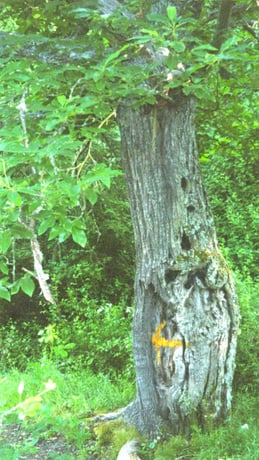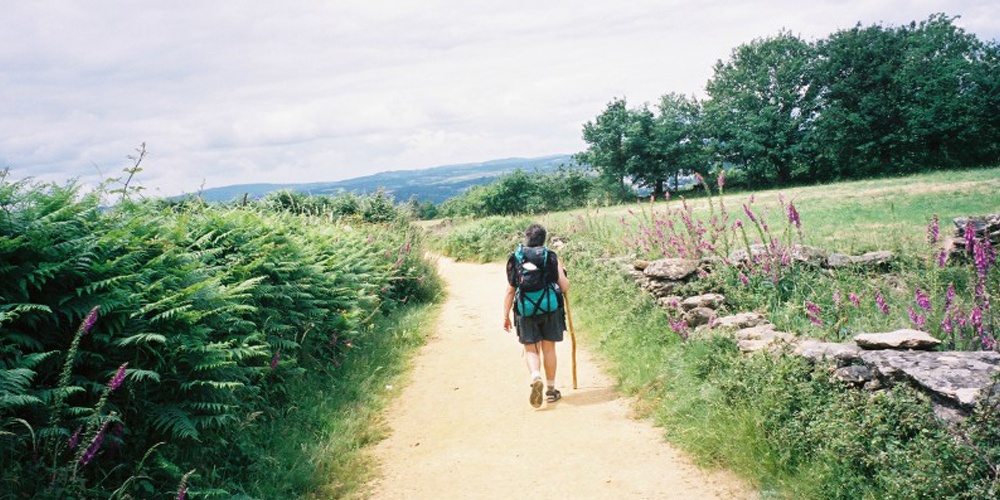It has been almost 15 years since my friend Pat and I walked the Camino de Santiago pilgrimage across northern Spain.
For those of you who haven’t see Martin Sheen’s movie, “The Way,” el Camino (in English, the Way of St. James) is a thousand-year-old pilgrimage leading to the Cathedral of Santiago de Compostela, where, tradition has it, lie the remains of Jesus’ Apostle St. James the Elder.
One early morning before the misty fog had lifted, Pat and I headed west, crossing Sarria, the town where we had stayed the previous night, following the Camino’s trademark yellow arrows. In the outskirts of the village we passed an old cemetery, and instinctively began to say out loud the Church’s traditional prayer for the dead:
“Eternal rest grant unto them, O Lord. And may perpetual light shine on them. May these souls and the souls of all the faithfully departed rest in peace. Amen.”
At the end of the cemetery grounds, we turned right and stood, literally, at the end of the town. Before us stood a thick and beautiful forest–with no apparent yellow arrow or marker of any kind that we could follow.
Pat and I stopped, looked at the pebbled path, which split two ways in front of us, and faced each other in silence.
Before either of us could say anything — and seemingly out of nowhere, we spotted a man walking ahead of us and heading into the forest following one of the paths. So we followed him. He was walking at our pace, dressed like the local shepherds, and was holding a wooden staff–but he carried no backpack or bundle on his back.
We followed the shepherd in silence. I don’t remember for how long. Suddenly, just as he had appeared instantly when we needed help discerning which way to go, he was no longer there.
But instead we saw, as clear and detectable as a blue cloudless sky, the next yellow arrow showing us what way to walk, painted on a tree,

But the story does not end there. Later that morning, as Pat and I discussed how Providential it was that the shepherd appeared when we needed him most, we realized that we had each seen a different thing. Pat saw a young man dressed as a shepherd walking with a stick. And I saw an older man dressed as a shepherd walking with a stick.
Today I read a quote from the Book of Revelations that reminded me of our Camino shepherd:
“These are the ones who follow the Lamb wherever he goes.” [Rev. 14].
This Lent and always, I want to silently, without hesitation, follow the Shepherd wherever He goes, wherever He leads me.
Copyright 2018 María Ruiz Scaperlanda
Image Copyright Maria de Lourdes Ruiz Scaperlanda. All rights reserved.
This article was originally published at CatholicMom.com and is shared here with permission.

